Like the more-well-known UNESCO World Heritage Site of Paquimé, Huápoca was founded by the culture known as Casas Grandes. The main feature of the site is its cliff dwellings, similar to many found in the Southwest United States, which shows the cultural continuity that existed before the modern border between both countries was established.
A majority of the dwellings found in Huápoca date to between 1000 and 1400, and are separated into groups with names such as “The Snake Cave” and “The Eagle’s Nest.” Located near the Papigochi River on a semi-desert zone of the state of Chihuahua, the archaeological value of the site is huge, in part because the site has seen little modern intervention—in part because it is so isolated. For the same reason, it doesn’t get many visitors or much attention.
Given the archaeological wealth of the country, many of the areas designated as archaeological sites by the National Anthropology and History Institute are not officially open to the public. Many others are closed due to natural damage or a lack of security, and some of the ones that are open have no visitor records due to understaffing. Out of the sites with regular record keeping and staff for the year, Huápoca’s 67 visitors in 2018 made it officially the country’s least-visited.
Know Before You Go
Entry to the archaeological site is free, open daily from 9 a.m. to 6 p.m. The walk from the entrance of the site to the cliff dwellings is approximately 2 hours each way.

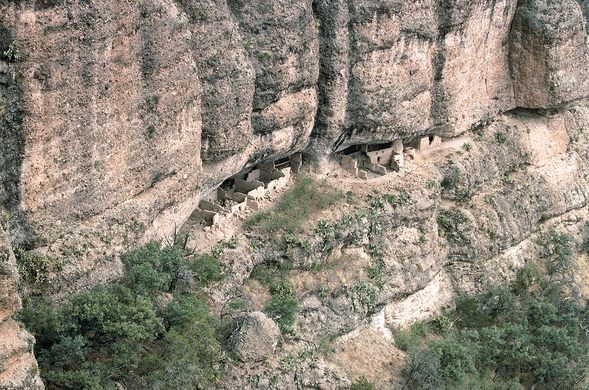
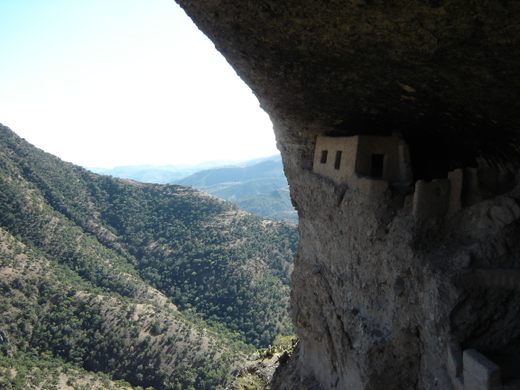
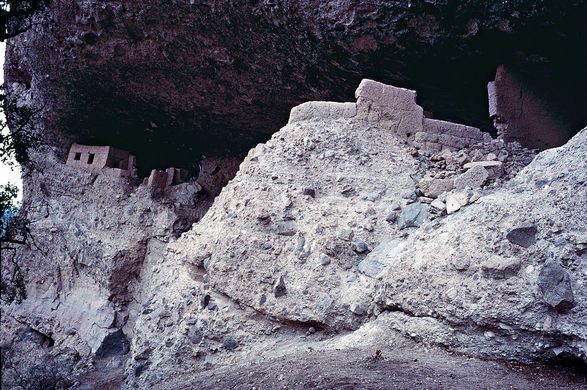
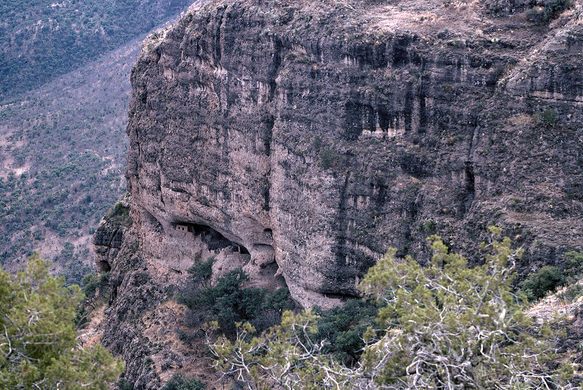









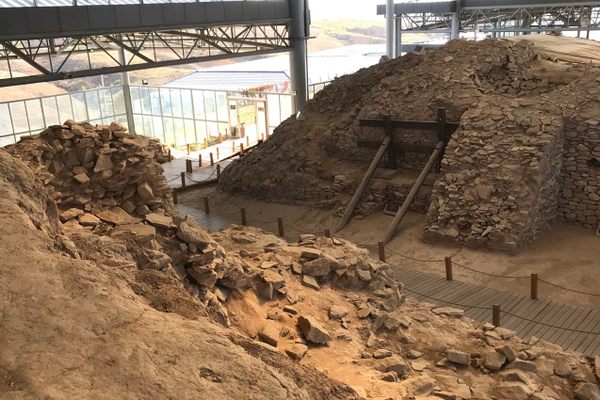


Follow us on Twitter to get the latest on the world's hidden wonders.
Like us on Facebook to get the latest on the world's hidden wonders.
Follow us on Twitter Like us on Facebook